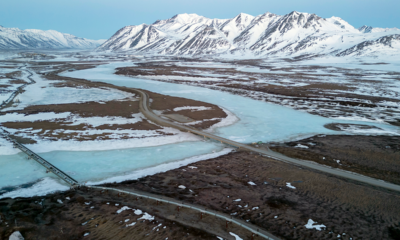INTERNACIONAL
Climate deadlines collide with politics as Dem-led states chase Big Oil in court but spare local refiners
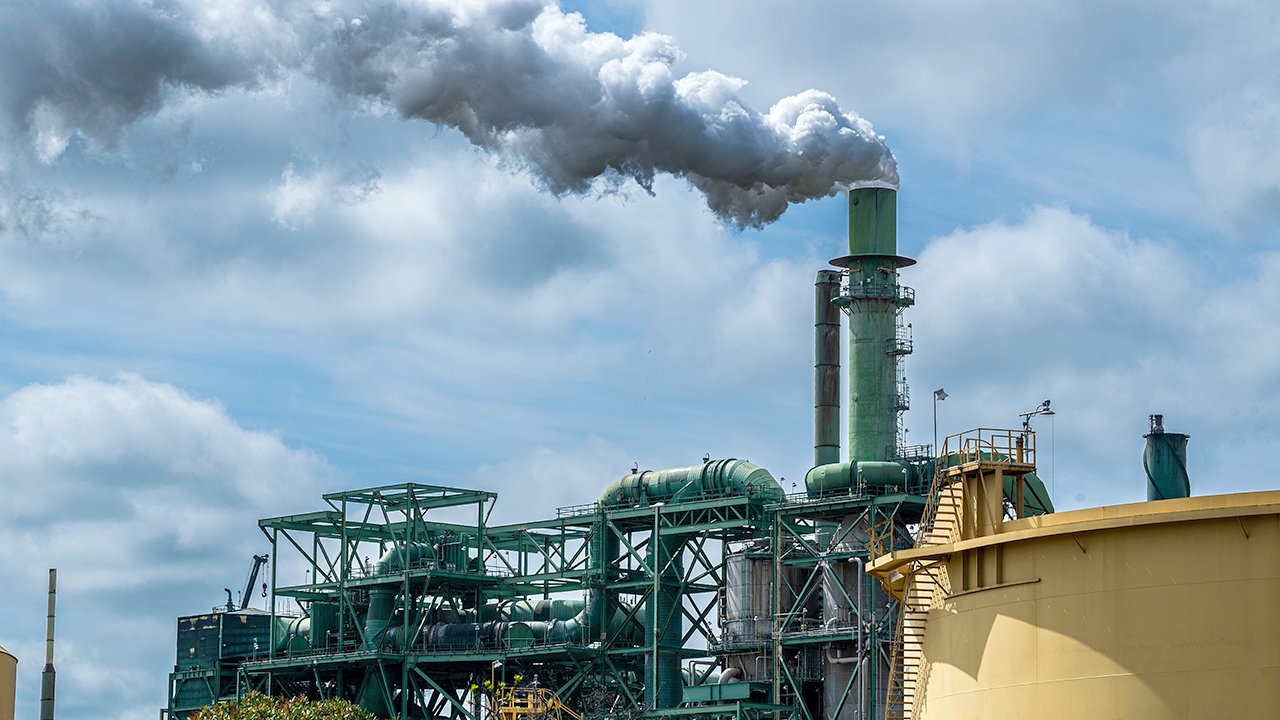
NEWYou can now listen to Fox News articles!
Several Democrat-led states are facing conflicting forces in their efforts to transition to 100% green power, as leaders try to shore up the power grid while other officials sue fossil fuel companies in the same light activists did to tobacco firms in the 1990s.
In that decade, dozens of states sued tobacco giants Philip Morris and R.J. Reynolds, alleging they knowingly endangered public health and misled consumers about nicotine’s addictiveness. The cases culminated in a $200 billion «master settlement» in 1998 that banned billboard advertising and reshaped corporate liability in the industry.
Today, several jurisdictions in Colorado are suing ExxonMobil and Suncor in a similar fashion, accusing them of knowing their product harms the environment and public health.
Boulder, Colorado, along with Boulder County and San Miguel County received the blessing of the Colorado Supreme Court in May to move forward with their suit, and officials claimed the energy companies «greatly contributed to an altered climate.»
SUPREME COURT MUST FREEZE THE CLIMATE EXTORTION OF OUR ENERGY INDUSTRY
A Valero refinery operates in Benicia, Calif. (David Paul Morris/Getty Images)
«This case seeks to hold these companies responsible for knowingly contributing to climate change while concealing the dangers of their products,» Boulder city officials said in a statement.
According to a release from Boulder City, Coloradans could face hundreds of millions of dollars in added costs needed to «adapt» to a climate changed by continued reliance on such companies.
ExxonMobil countered that federal law preempts Colorado’s authority to apply state law to the alleged injuries.
«We’ve maintained from the beginning this case is meritless and has no place before a state court,» the company said in an emailed statement to Climate in the Courts.
NEWSOM PUSHES CLIMATE RECORD ABROAD AS CALIFORNIANS SHOULDER AMERICA’S HIGHEST GAS COSTS
Meanwhile, Colorado Gov. Jared Polis set a 2040 goal for moving the Centennial State away from fossil fuels, but was questioned by critics for trying to maintain fossil fuel infrastructure at the same time.
Rep. Jeff Hurd, R-Colo., previously asked the Trump administration to force Colorado to keep the Comanche power plant online to avoid an «energy emergency,» according to Colorado Public Radio (CPR).
Last week, the Polis administration joined with Xcel Energy to petition state regulators to keep Comanche Unit 2 online for at least another year. The coal plant was supposed to close December 31.
Reached for comment, Polis spokesperson Eric Maruyama told Fox News Digital that a separate Comanche coal-fired unit is broken and that the state will benefit from keeping Unit 2 operational.
NEWSOM VOWS TO BLOCK TRUMP’S REPORTED ENERGY PLAN IN CALIFORNIA, EXPERTS PUSH BACK
«Colorado is well on its way to achieving 100% clean energy and reducing emissions while saving people money and ensuring energy reliability,» Maruyama said.
«Renewable energy remains the least expensive form of energy, and thanks to Governor Polis’ leadership, in 2024, 43% of Colorado’s total electricity was produced by wind, solar or other renewable sources while maintaining among the lowest energy costs in the country.»
Reports show Coloradans have the third-lowest electricity costs in the nation relative to income.
Hawaii also sued oil firms in 2024, alleging they violated the state constitution’s «public trust doctrine,» claiming companies deceived the public regarding fossil fuels’ alleged harm done to the state’s resources.
Back on the mainland, California is dealing with its own complex energy production situation, according to critics, who point to Democratic governors over the past decade-plus who have worked to set strict deadlines for moving the Golden State away from oil and gas.
Former Gov. Jerry Brown and Gov. Gavin Newsom set a 2045 deadline for achieving carbon-free energy under SB-100. In July, the California Energy Commission under the Newsom administration held talks with «market players» to discuss the planned closure of two major oil companies’ refineries by 2026, according to Politico.
BIDEN’S GREEN ENERGY FIASCO, NOT TRUMP’S REFORMS, IS JACKING UP YOUR ELECTRIC BILL
Phillips 66 and Valero both are considering or have started the process of shutting down their operations, and a source familiar with the situation said that oil companies must regularly analyze whether costly maintenance cycles that occur on average every five years are worth funding.
Chevron already moved out, shifting its headquarters from Contra Costa County to Houston, Texas — but it continues to support some California operations.
With the state positioned against fossil fuels for the long term, these companies have to think seriously about investing in such maintenance cycles to keep their operations running smoothly, the source said.
Valero told California officials earlier this year it plans to seriously consider idling or ending production by April, according to Politico.
Meanwhile, a spokesperson for the state energy commission told the outlet it has been «actively supporting conversations with a variety of market players to discuss pathways to address the impacts of the closure intent announcements of the Phillips 66 refinery in Wilmington and Valero refinery in Benicia.»
NEWSOM CLAIMS TRUMP IS ‘HANDING THE FUTURE TO CHINA’ AT BRAZILIAN CLIMATE CONFAB THAT WH SKIPPED
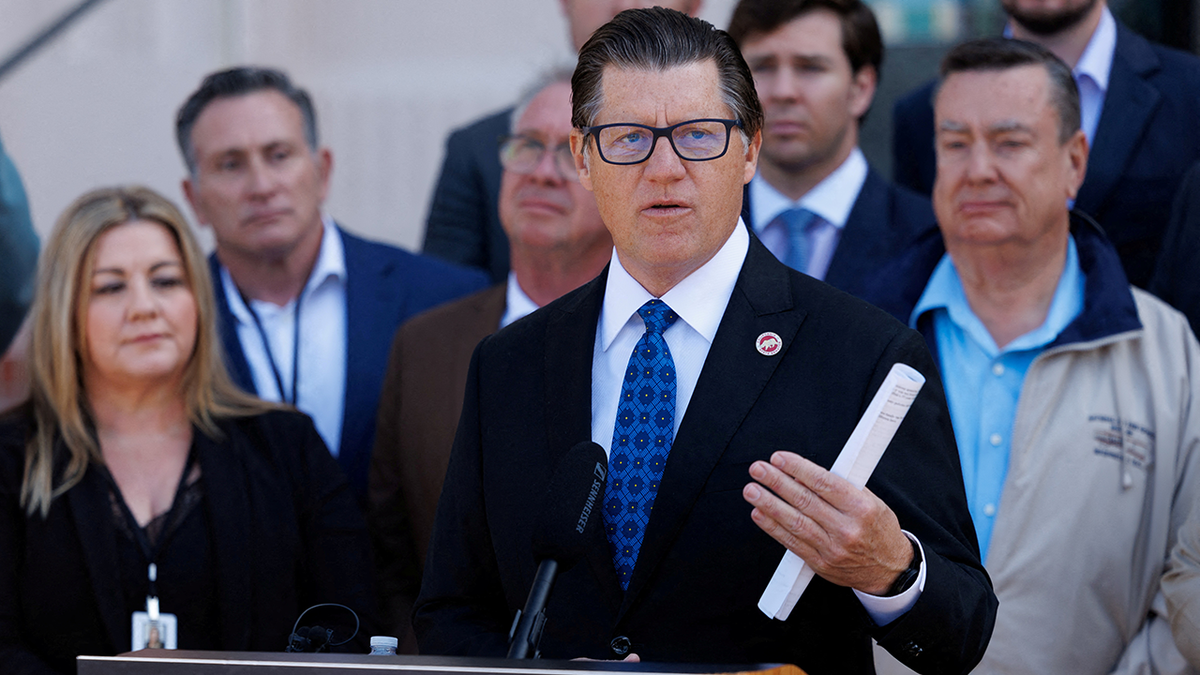
CA State Senate Minority Leader Brian W. Jones, R-San Diego (Reuters)
The outlet described the dynamic as an «about-face after the past two years» of «Newsom focused on preventing gasoline price spikes by increasing regulations on refiners.» Over the summer, his administration proposed loosening permitting requirements for new oil wells in the Bakersfield area.
California Senate Minority Leader Brian Jones, R-San Diego, criticized Newsom’s approach.
«Social engineering and market manipulation on the part of government never end well,» he said.
«We’re seeing that now in California and everyday citizens are the ones paying the price for Gavin Newsom’s political experiments: Gasoline prices are through the roof and rising, and the average family can’t afford to survive, much less thrive, here in the Golden State.»
Jones said the affordability crisis in his state is «real» and is only exacerbated by recent and looming refinery closures.
CLICK HERE TO DOWNLOAD THE FOX NEWS APP
«We need a major course correction that puts working families over ideology. Absent that, I’m not sure this ends well.»
Fox News Digital reached out to Newsom’s office for comment for purposes of this story.
cities state and local,colorado,energy,california,governors
INTERNACIONAL
86 Dems vote with Republicans to condemn socialism in wake of Mamdani’s mayoral victory
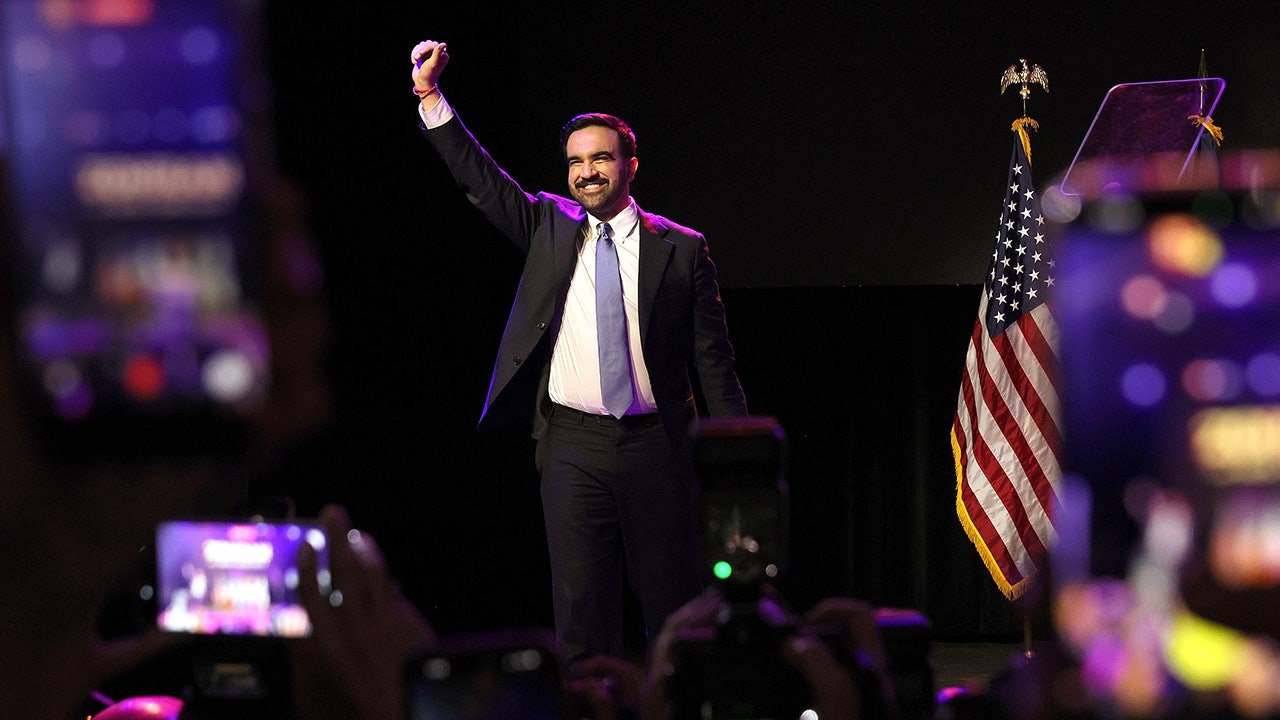
NEWYou can now listen to Fox News articles!
The House of Representatives overwhelmingly voted in favor of a resolution condemning socialism Friday morning, with several Democrats crossing the aisle to rebuke «socialist policies» in the U.S. following Zohran Mamdani’s recent election as the mayor-elect of New York City.
Eighty-six Democrats joined Republicans in supporting the measure in a 285-98 vote. Two members, Rep. Deborah Ross, D-Pa., and Rep. Janelle Bynum, D-Ore., voted present.
Notably, House Minority Leader Hakeem Jeffries, D-N.Y. — who endorsed Mamdani just days before the mayoral election — also voted in favor of the measure.
The resolution, introduced by Rep. Maria Salazar, R-Fla., highlights a list of the economic system’s failures and serves as a rebuke of political forces inching toward more socialist platforms. Among other items, it asserts that socialism has led to famine and mass murder under the Cuban Castro regime, the Chinese rule of Mao Zedong, the ongoing Venezuelan regime of Nicolás Maduro and others.
«Resolved by the House of Representatives that Congress denounces socialism in all its forms and opposes the implementation of socialist policies in the United States,» the text reads.
SOCIALIST WAVE GOES COAST-TO-COAST AS HISTORIC WINS SHAKE UP THE 2025 MAYORAL ELECTIONS
Rep. Maria Salazar, R-Fla., speaks during a roundtable discussion at the U.S. Capitol in Washington on Mar. 3, 2025. (Kayla Bartkowski/Getty Images)
While the resolution itself isn’t binding, the congressional rebuke comes as socialism — and its political momentum — have taken up a larger share of the national spotlight in recent months.
Progressive candidates like Bernie Sanders, I-Vt., Alexandria Ocasio-Cortez, D-N.Y., and others have continued to push for an increased government role in public services like healthcare and education. That’s dovetailed with new champions of progressive policies like Mamdani, a self-described socialist.
The resolution also comes as Mamdani is set to meet with President Donald Trump on Friday.
Rep. Byron Donalds, R-Fla., said he believes socialism is incompatible with the American ideal of freedom. He applauded the resolution on Friday morning.
«It always leads to a destruction of liberties for people,» Donalds said of socialism.
DEMOCRATS DID START THE FIRE OF SOCIALISM. NOW, THEY ARE AFRAID IT WILL BURN THEM
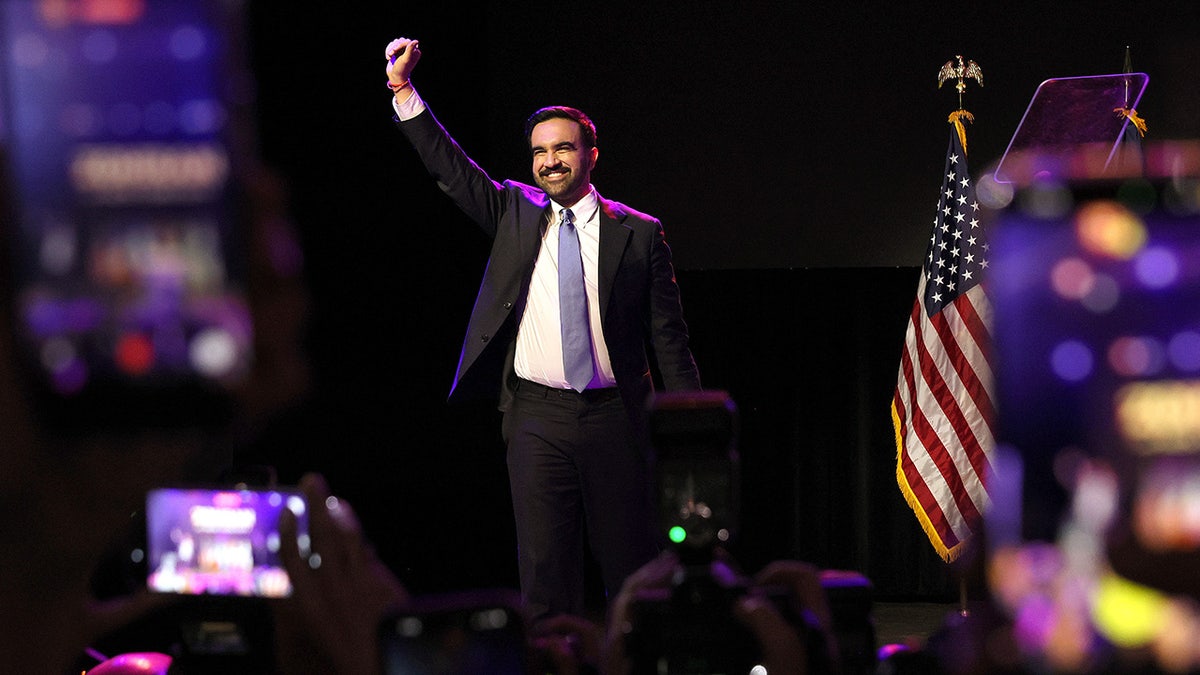
New York City Democratic Mayor-elect Zohran Mamdani celebrates as he takes the stage at his election night watch party at the Brooklyn Paramount in New York City on Nov. 4, 2025. (Michael M. Santiago/Getty Images)
He noted that socialism requires a top-down structure of authority to manage the distribution of resources. That, he believes, is a trait shared by other forms of oppressive government.
«We have a responsibility to defend the American core of capitalism, free markets and liberty [against] socialism, democratic socialism, communism, authoritarianism, fascism,» Donalds said.
While increasingly progressive wings of the Democratic Party have enjoyed momentum in recent months at a time when the party has struggled to unite behind a cohesive brand, not all Democrat lawmakers view socialism’s emergence as something the party should embrace.
Rep. Tom Suozzi, D-N.Y., one of the members who voted for the disapproval resolution on Friday, has opposed overtly socialist platforms, urging his Democrat colleagues to return to a more centrist path.
REPUBLICANS PUSH TO MAKE MAMDANI THE NEW FACE OF THE DEMOCRATIC PARTY
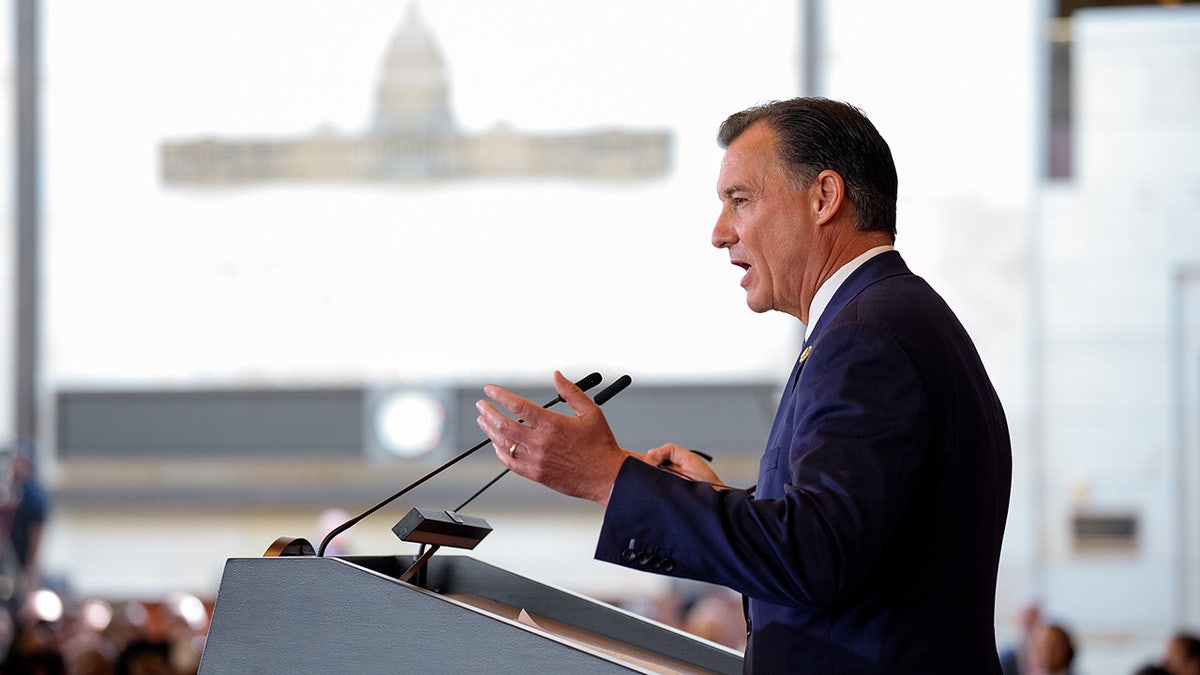
Rep. Tom Suozzi, D-N.Y., speaks during a Congressional Gold Medal ceremony on Capitol Hill in Washington on Sept. 3, 2025. (Andrew Harnik/Getty Images)
CLICK HERE TO GET THE FOX NEWS APP
«I talk about being a new kind of old-fashioned Democrat and giving policy prescriptions about what we need to do to address people’s concerns about the economy and affordability and the cost of living and wages,» Suozzi wrote on X earlier this month. «The answer is not the populism of Donald Trump or Zohran Mamdani — it’s about giving specific policy prescriptions.»
politics,congress,socialism
INTERNACIONAL
Mientras el mundo busca energías limpias, millones siguen sin tener electricidad

Estilos
INTERNACIONAL
Israel-Hezbollah border tensions rise as terror group rearms, resists US- backed ceasefire

NEWYou can now listen to Fox News articles!
The Iran-backed Lebanese terrorist movement Hezbollah is rebuilding its military arsenal on Israel’s northern border, as experts warn that another war between the two sides could be on the horizon. The latest developments come a year after the U.S. helped broker a ceasefire between the parties.
On Wednesday, IDF spokesman Nadav Shoshani, said Hezbollah had engaged «in a blatant violation of the ceasefire agreement.» Shoshani also released a video showing the rearming, claiming the terror group was «operating to reestablish its assets in the village of Beit Lif.»
Critics argue that the U.N. peacekeeping force, UNIFIL, is not fulfilling its mandate to disarm the terror group and the Lebanese Armed Forces are moving too slowly, which has led to continued Israeli actions against the terrorists. The IDF has been launching near-daily strikes against the group’s infrastructure and operatives inside Lebanon.
IRAN SMUGGLED $1B TO HEZBOLLAH THIS YEAR DESPITE US SANCTIONS, TREASURY OFFICIAL SAYS
Hezbollah fighters attend the funeral of their commander Wissam al-Tawil, in the village of Khirbet Selm, south Lebanon, Tuesday, Jan. 9, 2024. A war of words that has unfolded in Lebanon show longstanding schisms in the small country over Hezbollah, now amplified by the militant group’s role in the Lebanon-Israel border clashes and by fears that an already crisis-hit Lebanon could be dragged into an all-out war. (AP Photo/Hussein Malla, File)
Sarit Zehavi, a leading Israeli security expert on Hezbollah from the Israel Alma Research and Education Center, told Fox News Digital that Hezbollah does not currently «have the capability to carry out an October invasion. They had it prior to Oct. 7, 2023. They can send in a few terrorists. I want to believe it will take a few years to get those capabilities back.»
Fox News Digital exclusively reported last year on Hezbollah’s war plan to invade northern Israel and carry out a scorched-earth campaign against the Jewish state.
A day after the Iran-backed Hamas invaded Israel on Oct. 7, 2023, and massacred over 1,200 people, Hezbollah launched missile attacks against Israel.

A strike against Hezbollah that the Israeli Air Force says was carried out overnight. (Israeli Air Force)
WHAT IS THE DIFFERENCE BETWEEN THE MIDDLE EAST’S HEZBOLLAH AND HAMAS GROUPS?
Zehavi said, «Both the IDF and Hezbollah are very active. The IDF is very active to stop the rehabilitation of Hezbollah and Hezbollah is very active in rebuilding. Hezbollah learned lessons. It has been more problematic to smuggle weapons to Lebanon from Syria. It is happening. But the Syrians intercepted weapons.»
She noted that the «Syrian regime is willing to fight Hezbollah to fight weapons smuggling. Hezbollah is relying more on manufacturing rockets.»
Zehavi, who lives in northern Israel, said that «almost half of Israeli attacks on Hezbollah are south of the Litani river. We see a lot of investment from Hezbollah in drones, short-range rockets, mortars and anti-tank missiles.»
On Tuesday in Germany, prosecutors started a trial against an alleged Hezbollah member running «an extensive drone program for some time.»
The German Federal Prosecutor’s Office said the suspected Hezbollah operative Fadel Z joined Hezbollah more than 10 years ago and worked as a «foreign operator» for the group’s drone program in 2022 in Spain and Germany.
Zehavi said it suffered a defeat of its leadership via the Mossad pager attack on its commanders. However, she added, «Iran immediately provided oxygen to Hezbollah for treatment to help revive Hezbollah.»

Hezbollah fighters carry the coffin of four fallen comrades who were killed Tuesday after their handheld pagers exploded, in the southern suburb of Beirut, Lebanon, on Wednesday, Sept. 18. (Bilal Hussein/ AP)
ISRAEL DEGRADES IRAN-BACKED HEZBOLLAH TERRORISTS IN SPECTACULAR PAGER EXPLOSION OPERATION: EXPERTS
She outlined Israel’s main defense strategy against Hezbollah. First, the IDF has positions in Syria and Lebanon. «We cannot have civilians on the front line. The IDF is on top of hills in Israel and Lebanon and can see everything and can respond quickly to terrorist activities. This means when an Israeli woman opens her window and used to see a Hezbollah flag, she now sees an Israeli flag. This gives her a sense of security. This was not present before Oct. 7.
She estimates Hezbollah has 50,000 terrorists and 50,000 reservists. «We killed a few thousand terrorists.»
The IDF made dramatic advances in eradicating Hezbollah’s missile arsenal. «We degraded 80%» of the rockets, Zehavi said, noting the elimination of sizable numbers of Hezbollah’s long-range and highly accurate missiles.
Edy Cohen, a Lebanese-born Israeli scholar of Hezbollah, said, «There is no lack of arms for Hezbollah in Beirut and Lebanon. Lately, we saw many reports that Hezbollah received arms from Syria and Iran is trying to send arms by civilian Iranian airplanes.»

Lebanese Hezbollah fighters are taking part in cross-border raids, part of a large-scale military exercise, in Aaramta bordering Israel on May 21, 2023 ahead of the anniversary of Israel’s withdrawal from southern Lebanon in 2000. (Fadel Itani/NurPhoto via Getty Images)
HEZBOLLAH’S NEIGHBORS: ISRAELI BORDER COMMUNITY UNDER CONSTANT ATTACK FROM TERROR GROUP
He said there is enormous pressure on Hezbollah and every week Israel is killing Hezbollah operative. The Shiite community in Lebanon wants Hezbollah to retaliate against Israel, said Cohen, adding, «For the Shiite community Hezbollah is the state.»
Cohen said the IDF is gathering intelligence information about Hezbollah’s arsenal and attacking almost every day its leaders and operatives.

Hezbollah terrorists are taking part in cross-border raids, part of a large-scale military exercise, in Aaramta, bordering Israel, on May 21, 2023 ahead of the anniversary of Israel’s withdrawal from southern Lebanon in 2000. (Fadel Itani/NurPhoto via Getty Image)
He warned that because «Hezbollah said it will not disarm its militia … the big war will come.»
Fox News Digital reported in early November that Trump’s U.S. Ambassador to Turkey, Thomas Barrack, who also serves as envoy to Syria, said that Lebanon is a «failed state,» because of its «paralyzed government.»
CLICK HERE TO DOWNLOAD THE FOX NEWS APP
He also noted that Hezbollah retains 40,000 fighters and between 15,000 and 20,000 rockets and missiles, noting the terror group pays its militia $2,200 per month, whereas the Lebanese Armed Forces soldiers earn $275 a month and have inferior equipment as well.
israel,terrorism,conflicts,lebanon,national security











